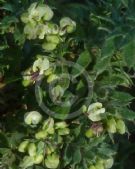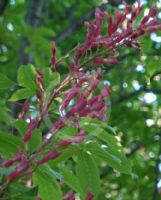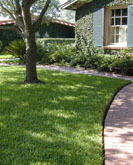Aesculus pavia |
|||||
Plant type: deciduous tree or shrub Hardiness zones: 4-10 Sunlight: hot overhead sun to warm low sun Soil Moisture: dry between watering to occasionally flooded Soil: enriched soil, mildly acidic to neutral Tolerances: light frost |
|
|||||||
|
| ||||||||
Origins: USA Other Botanical Names: Aesculus austrina. A. discolor, A. humilis, A. lyonii, A.mollis, A. pubescens, A. rubescens, A. rubra, A. splendens, A. versicolor, A. whitleyi, Pavia humilis Other Common Names: | ||||||||
 |
 | |||||||
 |
Tell our Plant Selector what you want & like and we'll search thousands of plant profiles for compatible matches

Plant of the Day
Green Grevillea
Plant type: evergreen shrub
H: 2.5m W: 2m
Sunlight: hot overhead sun to dappled light
Special Offers
Member's Tip

Elayna, Sharon QLD
Never turn over your garden when it is completely wet nor dry. Turn over when damp, otherwise you will destroy its structure.
Recently added articles
Most viewed articles
Get the Plant Selector's full features plus news, forums & competitions. Sign up, it's free.
Click here for more




